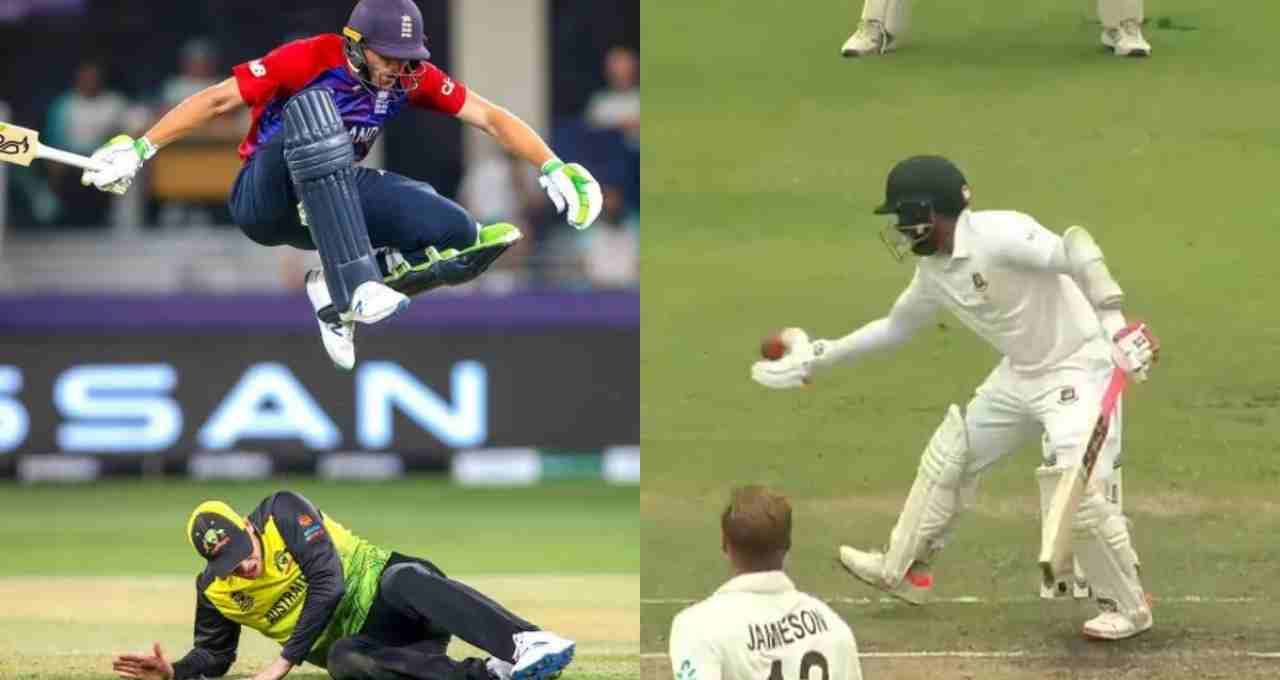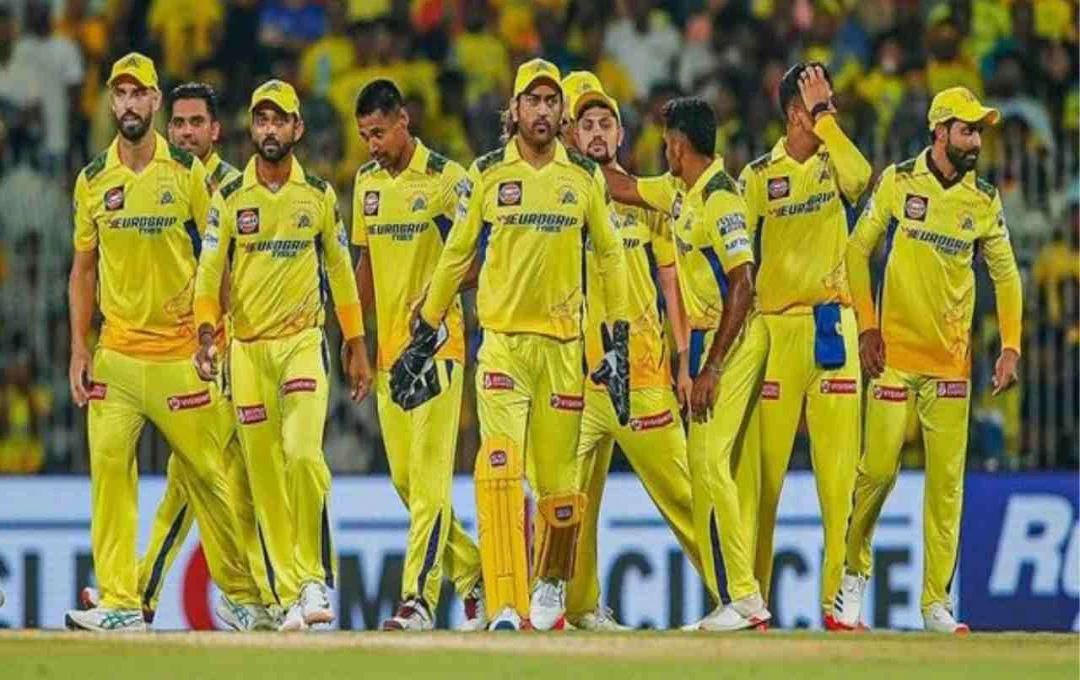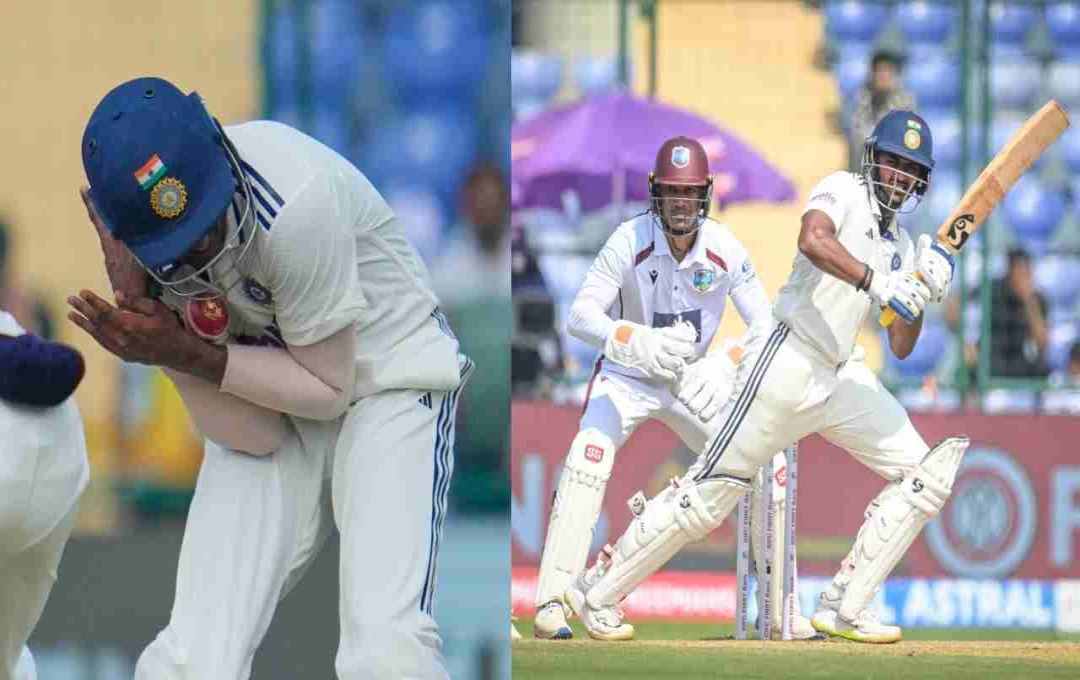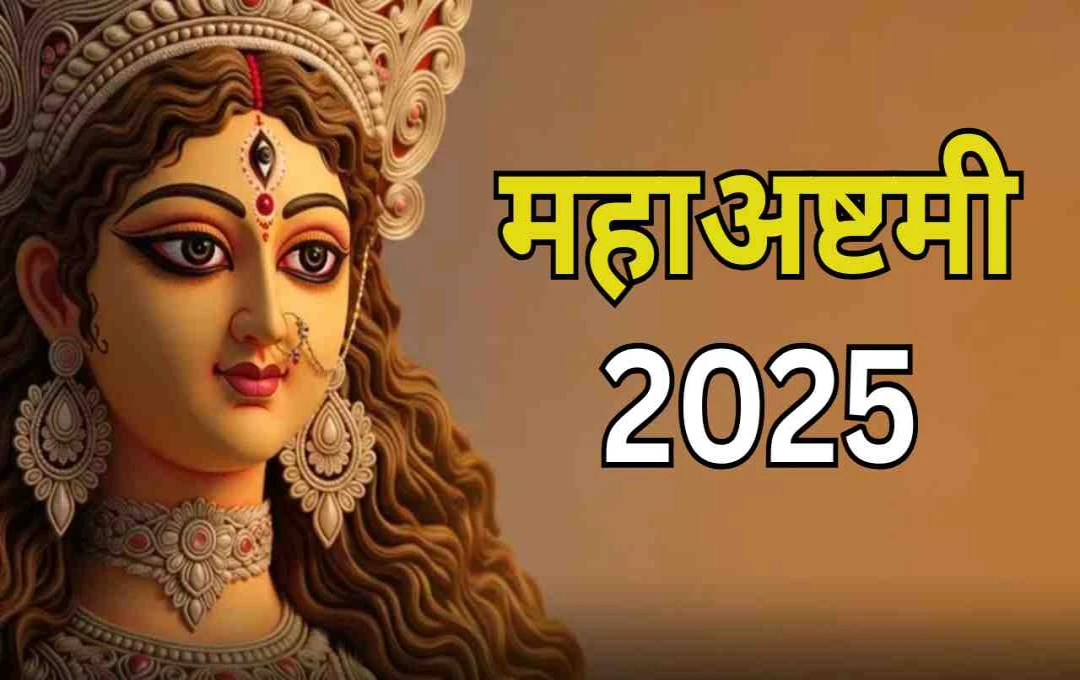Cricket is an exciting and strategic game, loved by millions worldwide. However, despite its popularity, cricket has some strange and lesser-known rules that few people are aware of.
Sports News: Cricket is called a gentleman's game, but it also contains certain rules that can surprise common cricket fans. When we talk about cricket, our minds usually go to common rules like runs, wickets, catches, and no-balls. But if you delve deeper into cricket, you'll find some very unique, interesting, and rare rules, which are used on very few occasions.
These rules, made by the ICC (International Cricket Council), are completely valid, but they are so rare that most viewers and sometimes even players don't know about them. Let's look at five such unique cricket rules that will not only increase your knowledge but also surprise you.
1. Cricket matches can happen even without bails!
In cricket, whenever there's talk of stumping or run-outs, our eyes go to the bails first. But did you know that if there is a very b wind on the field and the bails keep falling, the umpire can remove the bails after getting consent from both captains? In such a situation, only the stumps are used, and if the ball hits the stumps, the batsman is considered out. This rule comes under regulation 8.5 and has been approved by the ICC.
2. If the ball hits the helmet and is caught, the batsman is out
This rule is seen on very few occasions, but it is completely valid. If a ball first hits the batsman's bat and then hits the helmet and goes up in the air, and a fielder catches it, the batsman will be considered out. The purpose of this rule is to recognize any kind of deflection as a valid catch, provided it occurs after hitting the bat.

3. A batsman cannot be given out without an appeal
There is a famous rule in cricket - No Appeal, No Out. Whether the bowler's ball hits the wicket directly or the catch is clearly taken, if the fielding team has not appealed to the umpire, the umpire cannot declare the batsman out. This rule is in place to maintain sportsmanship in the game. That is, the decision of out will be left to the umpire only when the fielding team appeals.
4. What happens if the ball is lost? Know the 'Lost Ball Rule'
If the ball goes into the audience or hides in a place from where it cannot be retrieved due to a b hit by the batsman, the fielding team can appeal to the umpire for a 'ball lost'. In such a case, the umpire declares the ball "dead ball," and the game starts with an old ball of the same type. If the batsmen completed runs before the ball was lost, those runs are counted.
5. Deliberately touching the ball by hand can be costly
In cricket, a batsman only has the right to stop the ball with his bat or his body. If the batsman deliberately touches or stops the ball with his hand, he can be given out under 'Obstructing the Field'. The purpose of this is to ensure that the batsman does not obstruct the bowler or fielder in the wrong way.














